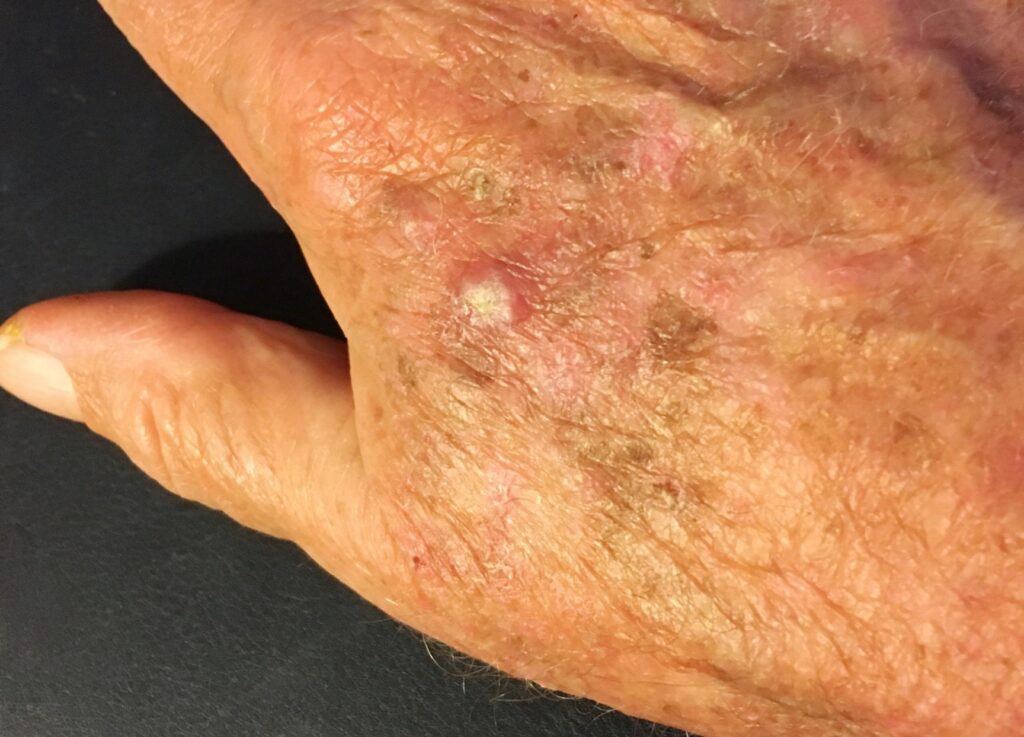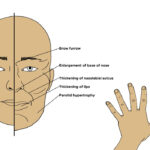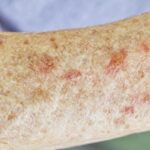Actinic keratosis, also known as solar keratosis, is a common skin condition characterized by rough, scaly patches on sun-exposed areas of the skin. While generally benign, it can progress to squamous cell carcinoma, a type of skin cancer, if left untreated. This guide provides an in-depth understanding of actinic keratosis, including its causes, risk factors, diagnosis, and treatment options, to help manage and prevent this condition effectively.

What is Actinic Keratosis?
Actinic keratosis is a precancerous lesion caused by prolonged exposure to ultraviolet (UV) radiation from the sun or artificial sources like tanning beds. It often manifests as small, rough patches that may be pink, red, or brown and feel like sandpaper. These lesions primarily appear on areas frequently exposed to the sun, such as the face, neck, hands, forearms, and scalp.
Causes and Risk Factors
Actinic keratosis develops due to cumulative damage to the skin from UV radiation. This damage leads to mutations in the DNA of skin cells, impairing their ability to grow and function normally. Over time, these mutations cause the formation of keratosis lesions.
Risk Factors
Certain factors increase the likelihood of developing, including:
- Excessive Sun Exposure: Prolonged time in the sun without adequate protection.
- Fair Skin: Individuals with lighter skin tones, freckles, or red/blond hair are more susceptible.
- Age: Older adults are at higher risk due to cumulative UV exposure.
- Geographic Location: Living in sunny or high-altitude regions.
- Weakened Immune System: Conditions or medications that suppress the immune system.
Symptoms
The symptoms of actinic keratosis vary but commonly include:
- Rough, Scaly Patches: These patches may be flat or slightly raised and have a sandpaper-like texture.
- Discoloration: Lesions are often pink, red, or brown.
- Tenderness or Itching: Some patches may cause mild discomfort or sensitivity.
- Cluster Formation: Lesions often appear in groups rather than as solitary patches.
Diagnosing
A dermatologist can typically diagnose through a physical examination. In uncertain cases, a skin biopsy may be performed to rule out skin cancer and confirm the diagnosis.
Treatment Options for Actinic Keratosis
Effective treatment options for range from topical therapies to procedural interventions. The choice of treatment depends on the number, size, and location of the lesions.
1. Topical Treatments
- 5-Fluorouracil (5-FU): A chemotherapy cream that destroys abnormal skin cells.
- Imiquimod Cream: Stimulates the immune system to attack and eliminate damaged cells.
- Diclofenac Gel: An anti-inflammatory medication effective for mild lesions.
- Photodynamic Therapy (PDT): Involves applying a photosensitizing agent to the lesions, followed by light exposure to destroy abnormal cells.
2. Procedural Treatments
- Cryotherapy: Freezing the lesions with liquid nitrogen to remove them.
- Curettage and Electrodesiccation: Scraping off the lesion and using heat to destroy residual cells.
- Laser Therapy: Utilizes laser energy to target and remove damaged skin layers.
Prevention
Prevention plays a crucial role in reducing the risk of developing actinic keratosis. Key preventive measures include:
- Using Sunscreen: Apply broad-spectrum sunscreen with an SPF of 30 or higher daily.
- Protective Clothing: Wear hats, long sleeves, and sunglasses to minimize UV exposure.
- Avoid Tanning Beds: These emit harmful UV rays that increase the risk of actinic keratosis.
- Regular Skin Checks: Perform self-examinations and consult a dermatologist for any suspicious changes.
Actinic keratosis is a preventable and treatable condition, but early intervention is essential to avoid progression to skin cancer. By adopting sun-safe habits, staying vigilant about skin changes, and seeking timely medical care, individuals can manage actinic keratosis effectively and reduce the risk of complications.

